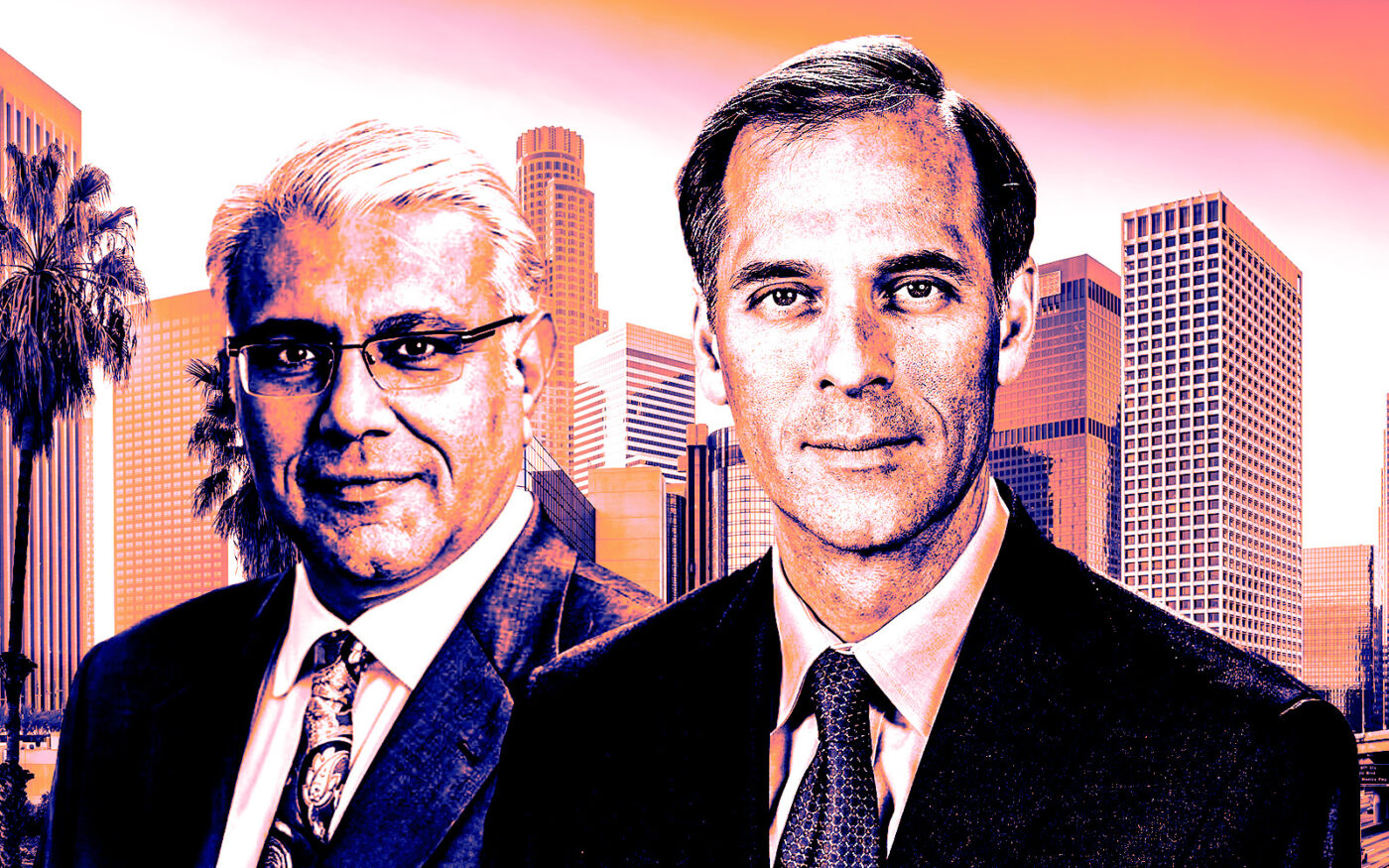The Southern California commercial real estate market faces growing uncertainty because of tariffs, high interest rates and surging construction costs made worse by recent wildfires.
The economic challenges have unsettled a market already strained by shifting workplace strategies and declining office demand, the Los Angeles Times reported.
In Downtown Los Angeles, the office vacancy rate topped 31 percent in the first quarter, while the region’s federal leasing activity — once a key pillar for local landlords — faces scrutiny due to government cost-cutting, according to figures from Cushman & Wakefield.
“We want to compare notes on what we see in the marketplace at a time when a lot of variables are conflicting,” Hessam Nadji, CEO of Calabasas-based Marcus & Millichap, said during an investor update call.
He was joined by Mark Zandi, CEO of Moody’s Analytics, who warned that uncertainty surrounding global trade policy is dampening consumer sentiment and poses a risk of recession.
The industrial sector saw temporary strength as shippers diverted cargo to West Coast ports to avoid East Coast labor unrest and beat anticipated tariffs.
However, any gains have been tempered by the looming threat of a broader trade war, which continues to rattle capital markets and complicate investor decision-making.
Across Southern California, the first-quarter data reflects a market in flux, according to the Times.
Los Angeles County saw its 11th straight quarter of negative office absorption, with a 24.5 percent vacancy. Industrial vacancy rose to 4.9 percent — the highest in a decade — with six submarkets above 3 percent. Rents, though down from pandemic highs, remained 50 percent above 2019 levels.
Orange County’s office vacancy rate hit 19.2 percent, nearly doubling in five years. Health care and life sciences remained strong, but industrial demand continued to lag, pushing landlords to increase concessions.
As commercial real estate professionals brace for continued volatility, many are closely watching federal policy for signs of relief or escalation, according to the Times. With so many variables in play, market participants are seeking clarity in a landscape defined by instability.
Read more



